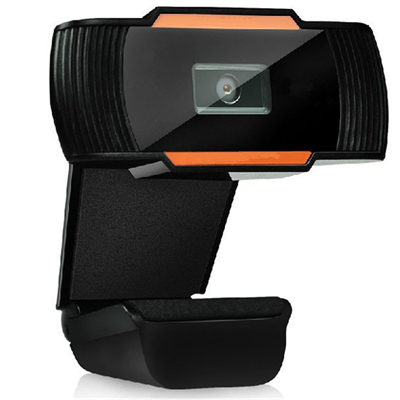As webcams become more integrated into our digital lives, ensuring their security and protecting user privacy is paramount. In this security-focused blog post, we explore the best practices for safeguarding your webcam from potential threats.
Covering your webcam when not in use is a simple yet effective measure. Webcam covers or adhesive sliders provide physical barriers that prevent unauthorized access.
Regularly update your webcam’s firmware and drivers. Manufacturers release updates that address security vulnerabilities and improve overall performance.
Ensure that your operating system and security software are up to date. Strong cybersecurity measures protect against malware and potential hacking attempts.
Use strong, unique passwords for your webcam accounts. Avoid using default passwords, and enable two-factor authentication (2FA) if available.
Be cautious when granting webcam access to apps or websites. Only allow access to reputable and trusted sources.
Review the privacy settings of your video conferencing software and adjust permissions accordingly. This prevents unwanted access and ensures that only authorized individuals can join your calls.
Regularly check for unusual activity, such as unexpected LED light activation or unauthorized access attempts, which could indicate a compromised webcam.
In conclusion, taking proactive steps to secure your webcam is crucial for protecting your privacy and digital security. By implementing these best practices, you can enjoy the benefits of webcams without compromising your personal information.







